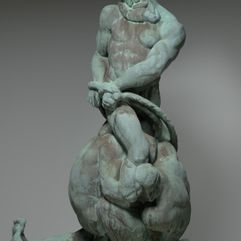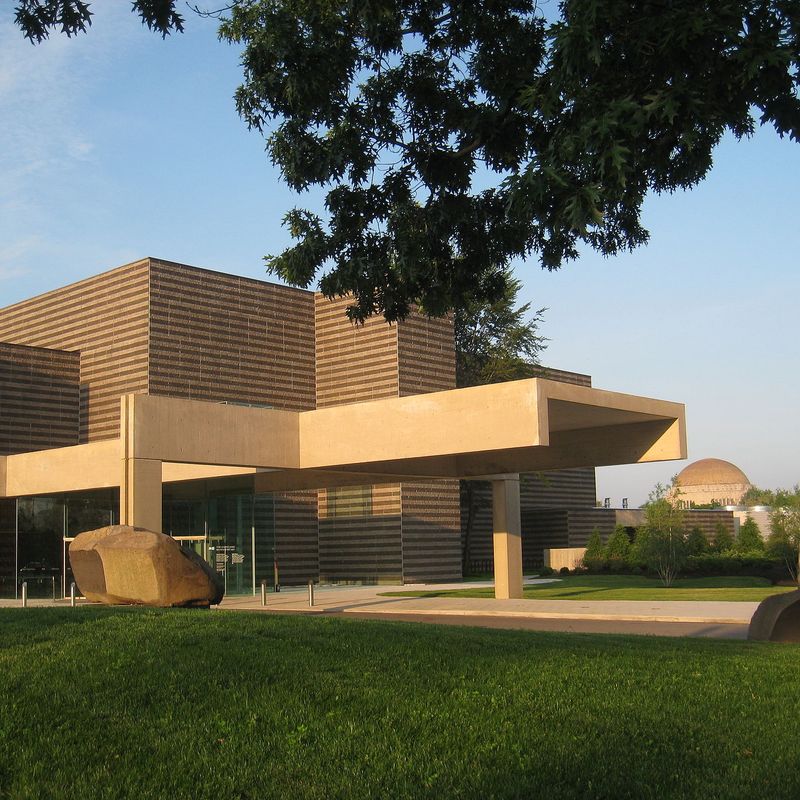

Alexander Blazys
1894 - 1963
Cleveland' s leading modernist sculptor of the 1920s, Alexander Blazys was born in Poniewiesz, Lithuania. After graduating from military school, he studied sculpture for seven years at the St. Petersburg Academy of Fine Arts. He visited Paris frequently during this period and in 1920 decided not to return to the Soviet Union because of the political restrictions placed on modernist art. Working in Paris, he received critical acclaim for sculptures exhibited in the Salon des Indépendants. In 1923 he immigrated to Detroit, where exhibited and received his first American commissions. The following year he moved to New York City but, upon the invitation of a friend, settled in Cleveland in 1925. Blazys' gracefully stylized sculptures of East European folk dancers and musicians in the 1926 May Show at the Cleveland Museum of Art established his reputation as "the sculptor of rhythms." He was immediately embraced by the Cleveland art community, receiving numerous commissions for portrait busts, from which he earned his primary income. He was head of the sculpture department at the Cleveland School of Art, 1926-38. In 1927 his large bronze figural work City Fettering Nature was installed on the grounds of the Cleveland Museum of Art. Around this time Blazys joined the staff of the Cowan Pottery Studio as a designer and encouraged the studio to experiment with ceramic sculpture. Cleveland's Eastman Bolton Gallery sponsored his first solo exhibition (1929), and his works subsequently appeared in group shows in Cleveland, Chicago, and Philadelphia though he remained active in the local art scene during the 1930s, his popularity waned, and in the early 1940s, after com plet ing a Works Progress Administration commission to create stone relief carvings for the Woodhill Homes housing project, he moved to New Jersey and worked for a series of ceramic firms creating molds for mass-produced figurines. Blazys returned to Cleveland in 1952. Selected References Fort, Ilene Susan.
"Transformations in Cleveland Art" (CMA, 1996), p. 223
Text © The Cleveland Museum of Art, 2024





